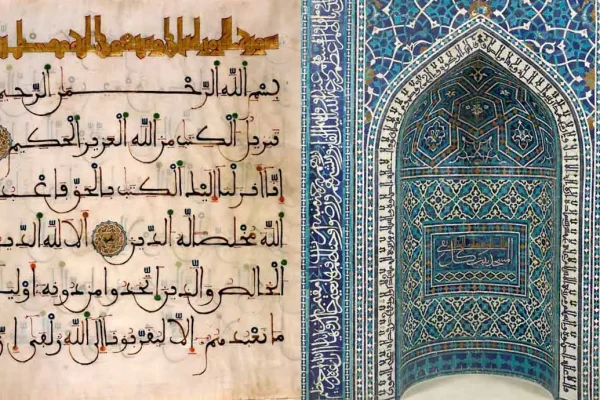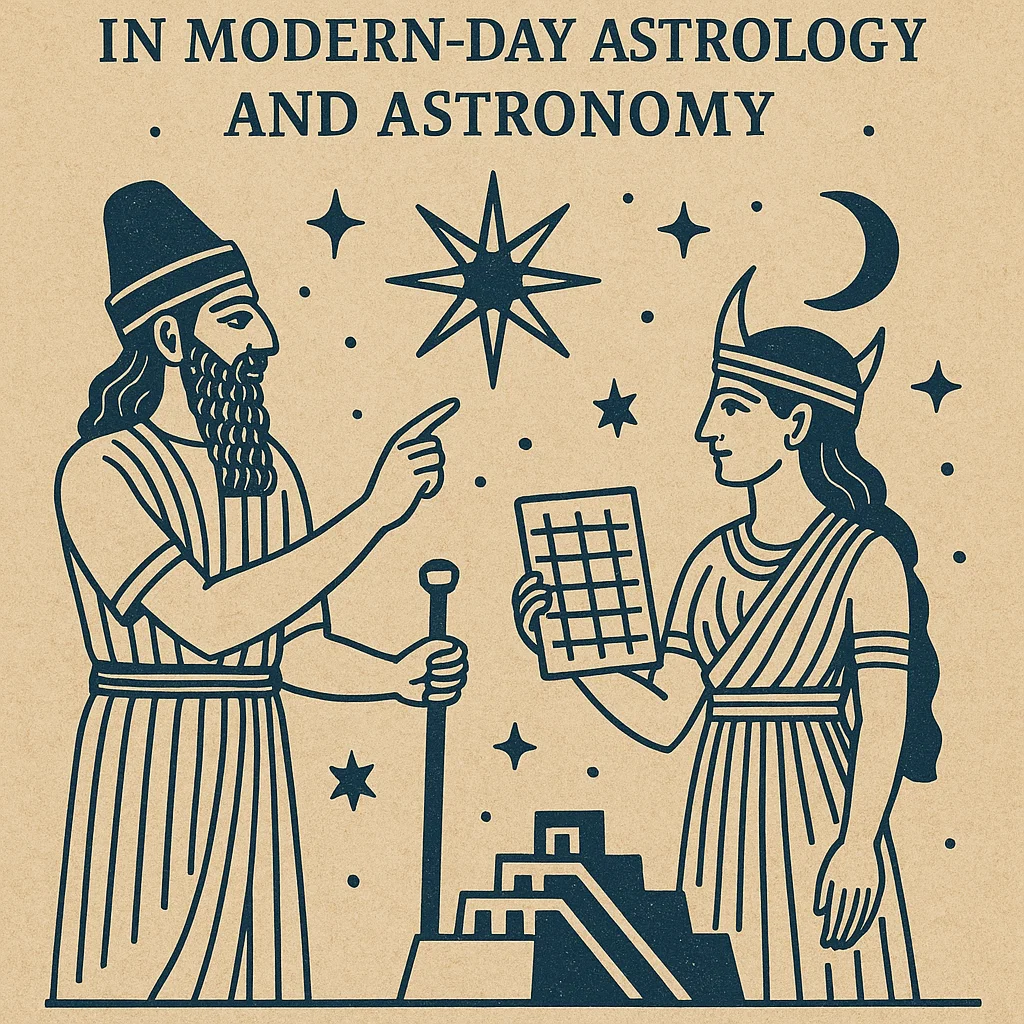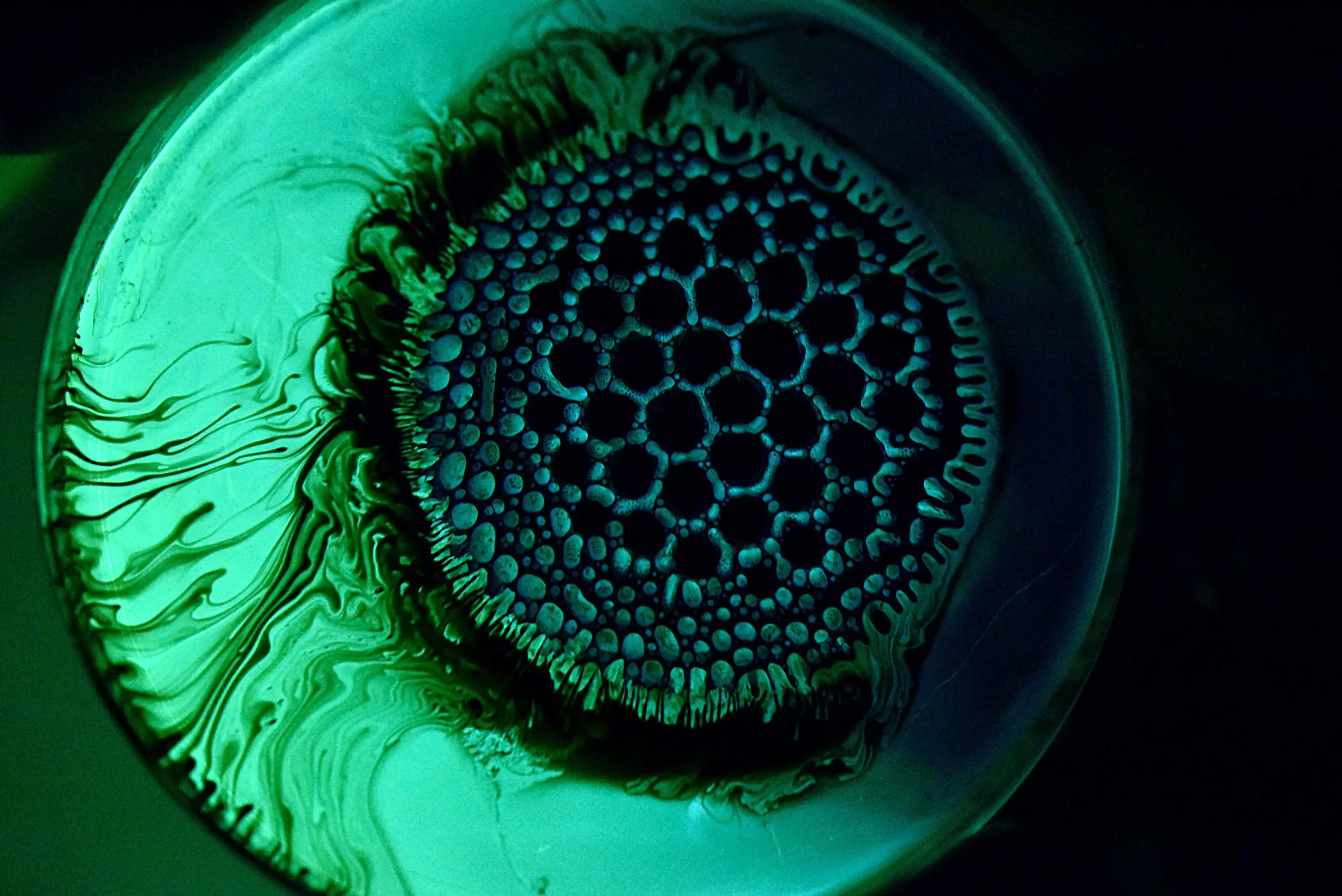
The Global Influence of Islamic Calligraphy: From Historical Roots to Contemporary Art and Cross-Cultural Exchanges
Islamic calligraphy, known as “khatt” in Arabic, has had a profound impact on global art and culture, transcending geographical and cultural boundaries. Originating in the 7th century, it became a central aspect of Islamic culture, used not only for preserving the Quranic text but also as a decorative art form. Over centuries, it influenced Western, Asian, and African artistic traditions, merging with local aesthetics to create unique styles. In contemporary times, Islamic calligraphy continues to inspire modern art, graphic design, and fashion, while promoting cross-cultural understanding through academic research, cultural diplomacy, and public engagement initiatives. This article explores the historical development, diverse styles, and enduring global significance of Islamic calligraphy.






